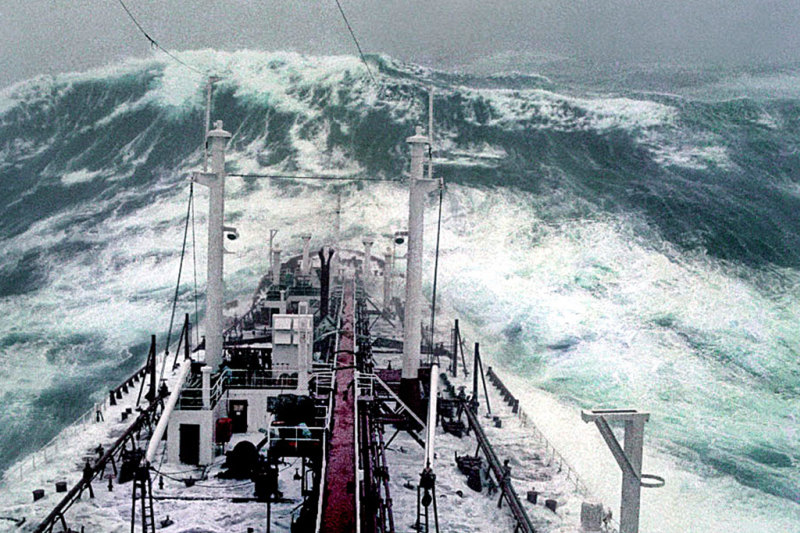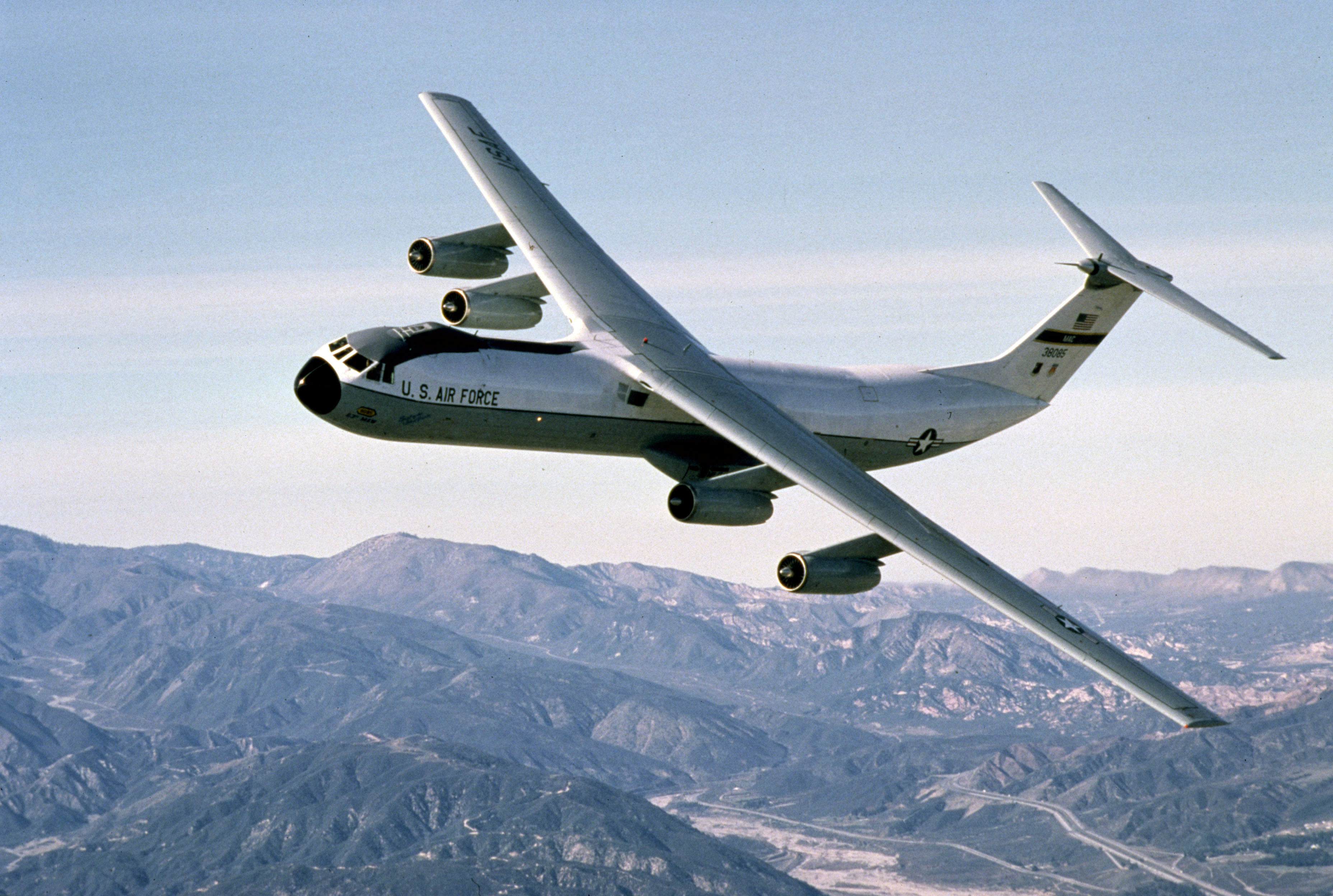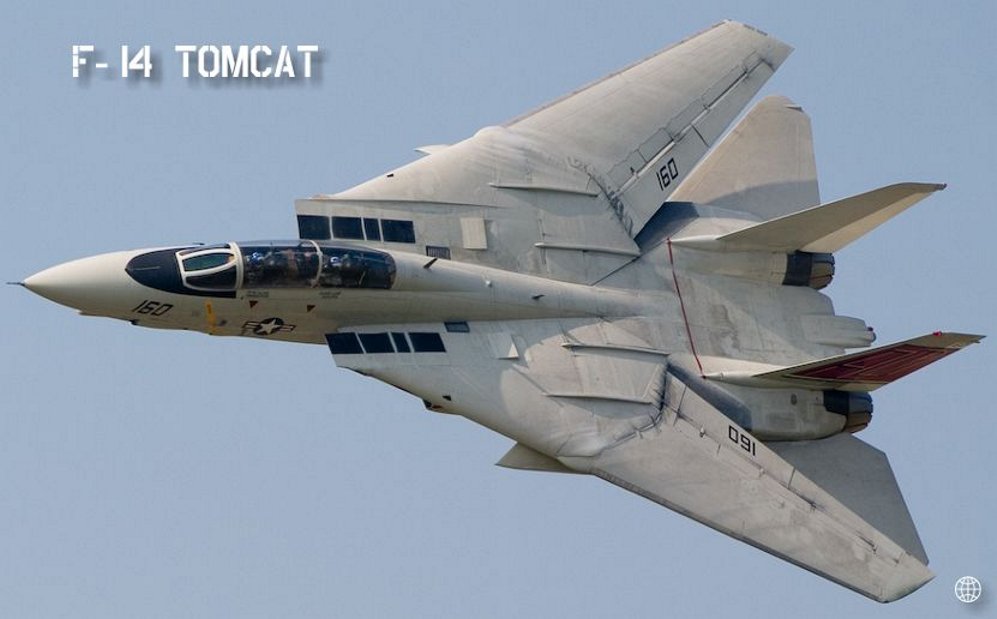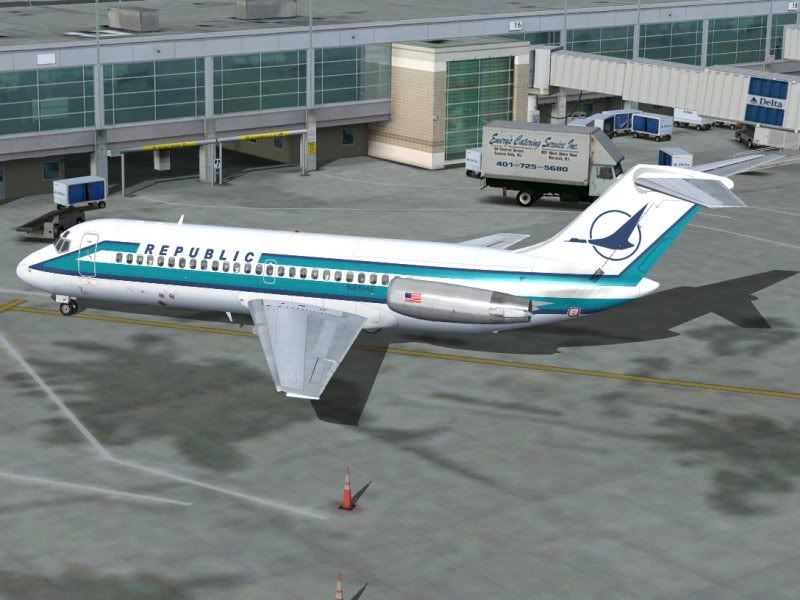Upon parking on the Orlando ramp after a morning flight from Cincinnati, I noticed Chief Pilot Dixon walking toward my jet carrying his flight bag and wearing his uniform. I knew what was happening.
Earlier that morning, Captain Twirly (Dave) had driven Doreen to the hospital. When he saw that she was in good hands, he hugged her, said good luck and left. The nurses thought he was her husband and were dumbfounded. I almost wish I could have witnessed that, but if I had, it wouldn't have happened. This is getting confusing.
So anyway, Dixon came on the plane and told me what's going on and I headed for the Orlando Regional Medical Center, arriving in time to witness the birth of my son. He was a big one, 8 lb. 15 oz. He was a chunky rascal and I always said he was like a chunk of moose meat. Oh, come on, it's a father and son thing. His nickname was Moosey. Caitlin's was Boo Dinky which evolved to Boom when she was a little older. Doreen said she was glad that I got my son, but I would have been very happy to have another daughter. I really liked my kids when they were growing up. They were lots of fun and in some ways I wish we all could have frozen all our ages in the Florida Express era.
Captain Twirly became Uncle Twirly, except that the kids had a funny kid way of pronouncing Twirly. Twirly became Torly or Tor. Maurice became Uncle Pepe. We were a small, tight group at Florida Express and everyone knew everyone. I always felt that I could have walked into the office of the CEO, addressed him by his first name and discussed anything with him. Of course, I would not violate the chain of command. The military experience still had a strong influence on how I conducted myself. If I were going to talk to him, I would get permission from the chief pilot or director of operations.
We started looking for a house to buy when I was able to exercise my first option on the shares of stock that I received for setting up the ground school. The shares opened on the market for more than the price I was offered and I bought and sold them in one transaction, netting enough for a nice down payment.
Although we were not looking for a house with a pool, the first house we both liked had one. We knew the problems this created for parents of young children. Drowning and near drownings were pervasive in states like Florida and Texas, where there were lots of pools and other bodies of water. We were determined to do everything in our power to assure that our children would be safe with a pool in our backyard.
Doreen heard about a guy who offered swimming lessons to children. We talked to lots of people and watched several lessons in progress. After talking to the guy, Harvey Barnett, and his wife, we decided to enroll our kids in lessons. Mike was about 20 months and Caitlin about 3 years. There is much controversy about this guy and his company and method, but we were convinced that it was something we had to do. It was kind of like getting inoculations for your children. They don't like it and cry and you don't like seeing this happen to them, but you know it is something you must do.
This is Harvey at work. It seems a little rushed and abrupt compared to my memories of our kids' lessons, but Harvey was a little more abrupt and less gentle than his wife was. We believed in all the reasons for doing this and wanted our kids to be able to buy time for themselves and even be able to return to the side of the pool and get out, if they fell in. They learned how to do that and I have an old video on tape that proves it.
Learning all this was not enough. We bought a special fence and had it installed around our pool. We had to be concerned about the children of our neighbors and we had to have a barrier right at the edge of the pool. There were all kinds of stories about children climbing chain link fences around back yards or finding doors that were not secured and getting into pools. When they get into water without training, children try to doggy paddle and remain vertical. Then they sink and drown. Near drownings are nearly as tragic. The lack of oxygen causes severe brain damage. They must be trained to rotate to their backs and float. Their legs are shorter and weigh less, so they float easier, than adults do. They also cry, which is like an alarm sounding to alert adults that something is wrong.
I have video of Mike from under water. I am always impressed when I see the change in his demeanor as soon as he rolled face down and started swimming toward the side of the pool. He went from crying to all business. You can see him looking around to find the wall and then getting busy propelling himself toward it. When he got tired and needed air, he rolled to his back and cried a little. When he was rested, he rolled again and moved toward the wall in a calm, but serious fashion. He would hold the side of the pool and then hike his leg up and crawl out.
When kids are beginning their lessons, they start crying while floating. If they cry too much, they blow all their air out and sink a little into the water. I was always intrigued watching them experiment to see how much air they could expel in their crying to be able to stay on top of the water.
Because of the age difference, Caitlin was finished earlier than Mike. Harvey wanted to teach her to snorkel with fins and we said OK. At this point, his stern attitude and abruptness began to bother me. She had learned the survival techniques we had set as our goal and I thought that was enough. It was time for her to start having fun in the water, instead of working.
When they were both finished, we started spending hours in our pool, having fun and learning how to swim better. I would challenge them to swim across the pool, then the length of the pool, then go to the bottom, 8 ft. deep and retrieve objects. There was a slide into the pool and we were having a blast. I think the pool helped us all get through the hot days and evenings of the Orlando summers. When there was no adult at the pool, the fence went up and it was off limits for the kiddos.
I think these lessons did a lot to teach our kids how to deal with challenges and adversity. I often told them later that they had that to fall back on when things were looking tough for them. They had been taught and challenged from an early age to persevere and they succeeded. The mental toughness they gained from this experience would serve them well in later years, when they grabbed the responsibility for their educations by the horns, when that was necessary. Caitlin became a very accomplished competitive swimmer in later years.
I thought that Doreen had demonstrated such interest in the training, that I suggested she become an instructor, if she wanted to. After a little thought, she decided to give it a go and this would be very helpful to us a few years later. In the mean time, she was teaching children in our pool and I think she was a much better and effective teacher than the guy who developed the system.
As I said there is much controversy surrounding that guy. You can Google his name or Infant Swimming Research if you want to see what I am talking about. He has changed the name of his organization slightly a couple times. I have mixed feelings about him. However, I think the purpose and fundamentals of what he is doing are important and I never regretted having Caitlin and Mike take the lessons.
Captain Twirly became Uncle Twirly, except that the kids had a funny kid way of pronouncing Twirly. Twirly became Torly or Tor. Maurice became Uncle Pepe. We were a small, tight group at Florida Express and everyone knew everyone. I always felt that I could have walked into the office of the CEO, addressed him by his first name and discussed anything with him. Of course, I would not violate the chain of command. The military experience still had a strong influence on how I conducted myself. If I were going to talk to him, I would get permission from the chief pilot or director of operations.
We started looking for a house to buy when I was able to exercise my first option on the shares of stock that I received for setting up the ground school. The shares opened on the market for more than the price I was offered and I bought and sold them in one transaction, netting enough for a nice down payment.
Although we were not looking for a house with a pool, the first house we both liked had one. We knew the problems this created for parents of young children. Drowning and near drownings were pervasive in states like Florida and Texas, where there were lots of pools and other bodies of water. We were determined to do everything in our power to assure that our children would be safe with a pool in our backyard.
Doreen heard about a guy who offered swimming lessons to children. We talked to lots of people and watched several lessons in progress. After talking to the guy, Harvey Barnett, and his wife, we decided to enroll our kids in lessons. Mike was about 20 months and Caitlin about 3 years. There is much controversy about this guy and his company and method, but we were convinced that it was something we had to do. It was kind of like getting inoculations for your children. They don't like it and cry and you don't like seeing this happen to them, but you know it is something you must do.
This is Harvey at work. It seems a little rushed and abrupt compared to my memories of our kids' lessons, but Harvey was a little more abrupt and less gentle than his wife was. We believed in all the reasons for doing this and wanted our kids to be able to buy time for themselves and even be able to return to the side of the pool and get out, if they fell in. They learned how to do that and I have an old video on tape that proves it.
Learning all this was not enough. We bought a special fence and had it installed around our pool. We had to be concerned about the children of our neighbors and we had to have a barrier right at the edge of the pool. There were all kinds of stories about children climbing chain link fences around back yards or finding doors that were not secured and getting into pools. When they get into water without training, children try to doggy paddle and remain vertical. Then they sink and drown. Near drownings are nearly as tragic. The lack of oxygen causes severe brain damage. They must be trained to rotate to their backs and float. Their legs are shorter and weigh less, so they float easier, than adults do. They also cry, which is like an alarm sounding to alert adults that something is wrong.
I have video of Mike from under water. I am always impressed when I see the change in his demeanor as soon as he rolled face down and started swimming toward the side of the pool. He went from crying to all business. You can see him looking around to find the wall and then getting busy propelling himself toward it. When he got tired and needed air, he rolled to his back and cried a little. When he was rested, he rolled again and moved toward the wall in a calm, but serious fashion. He would hold the side of the pool and then hike his leg up and crawl out.
When kids are beginning their lessons, they start crying while floating. If they cry too much, they blow all their air out and sink a little into the water. I was always intrigued watching them experiment to see how much air they could expel in their crying to be able to stay on top of the water.
Because of the age difference, Caitlin was finished earlier than Mike. Harvey wanted to teach her to snorkel with fins and we said OK. At this point, his stern attitude and abruptness began to bother me. She had learned the survival techniques we had set as our goal and I thought that was enough. It was time for her to start having fun in the water, instead of working.
When they were both finished, we started spending hours in our pool, having fun and learning how to swim better. I would challenge them to swim across the pool, then the length of the pool, then go to the bottom, 8 ft. deep and retrieve objects. There was a slide into the pool and we were having a blast. I think the pool helped us all get through the hot days and evenings of the Orlando summers. When there was no adult at the pool, the fence went up and it was off limits for the kiddos.
I think these lessons did a lot to teach our kids how to deal with challenges and adversity. I often told them later that they had that to fall back on when things were looking tough for them. They had been taught and challenged from an early age to persevere and they succeeded. The mental toughness they gained from this experience would serve them well in later years, when they grabbed the responsibility for their educations by the horns, when that was necessary. Caitlin became a very accomplished competitive swimmer in later years.
I thought that Doreen had demonstrated such interest in the training, that I suggested she become an instructor, if she wanted to. After a little thought, she decided to give it a go and this would be very helpful to us a few years later. In the mean time, she was teaching children in our pool and I think she was a much better and effective teacher than the guy who developed the system.
As I said there is much controversy surrounding that guy. You can Google his name or Infant Swimming Research if you want to see what I am talking about. He has changed the name of his organization slightly a couple times. I have mixed feelings about him. However, I think the purpose and fundamentals of what he is doing are important and I never regretted having Caitlin and Mike take the lessons.
















